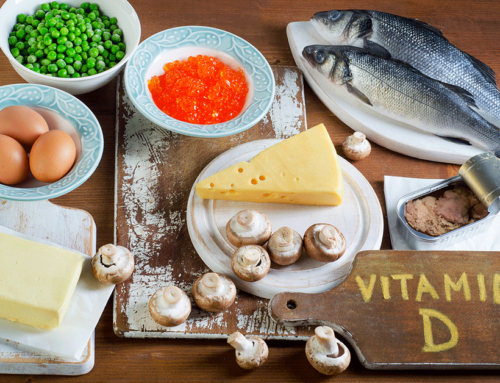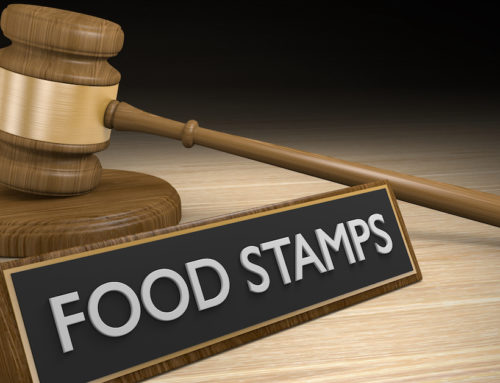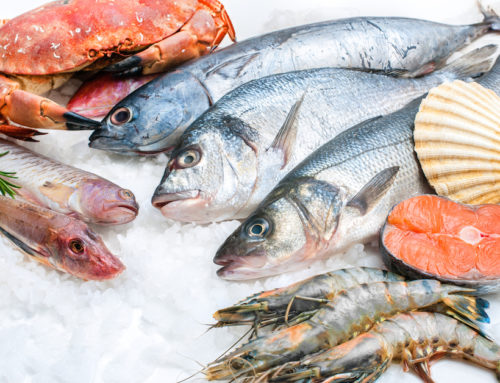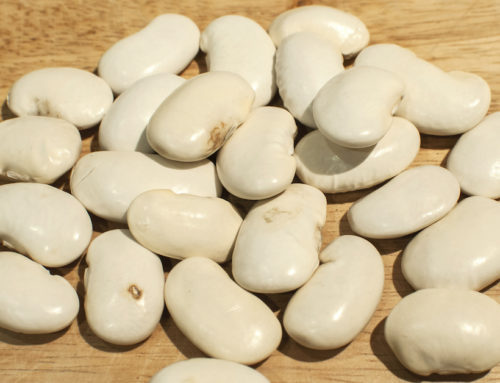Alzheimer’s happens when there’s damage to the brain’s gray matter.
But deeper parts of the brain, where white matter is located, can also suffer damage that leads to cognitive decline and dementia.
Doctors recommend keeping blood pressure, blood sugar and cholesterol under control to protect white matter, but there’s an alternative no orthodox physician seems to be aware of.
It’s found in soy foods that are popular in Japan. The good news is that soy is easy to find in your grocery store. The bad news is that eating soy foods is of no value unless you have the right strains of gut bacteria, which most Americans don’t.
Here’s the story and two simple solutions…
White matter lesions (WMLs) are markers of damage to tiny blood vessels caused by chronically reduced blood flow. WMLs can affect up to one in five people once they reach the age of 60, and they’re virtually ubiquitous in those over the age of 90.
Apart from aging, the main predictor of WMLs is high blood pressure, but other risk factors are smoking, diabetes, high cholesterol, carotid artery disease, atrial fibrillation, and heart failure.
If WMLs worsen over time they increase the risk of stroke and promote a more rapid decline in cognition.
So how does the traditional Japanese favorite, soy, help protect against WMLs?
The Many Memory Benefits of Soy
Diets high in soy have long shown positive effects on cognitive function in studies of Japanese men and women. The secret, researchers say, is isoflavones – soy-derived compounds with estrogenic activity. Soy’s “phytoestrogens” may be a problem, but read on. . .
Now, a research group from the University of Pittsburgh discovered soy isoflavones can also protect against WMLs.
In particular, they were interested in equol, a metabolite produced from the isoflavone daidzein. Equol has the greatest estrogenic and antioxidant activity, and is active in the body for a longer period of time than other isoflavones.
Equol benefits human health in many ways. For example, it helps with reducing inflammation, decreasing the risk of cardiovascular disease, lowering the risk of some types of cancer, supporting post-menopausal health and bone health, even reducing wrinkles.
Dramatic Reduction in White Matter Lesions
Unfortunately, the conversion of the isoflavone daidzein to equol takes place in the intestines via the action of certain types of gut microbes. While most Japanese people have them due to a diet high in fermented foods, most Americans don’t.
For their study, the Pittsburgh researchers measured blood levels of equol in 91 cognitively healthy Japanese people aged 79 to 85. Then, they scanned the participants’ brains using advanced imaging technology and found WMLs in just over half of them. The lesions were at varying levels of development.
Between six to nine years later, researchers tested the people again and found the higher their blood equol levels, the greater the reduction in WMLs as shown in brain scans. The participants who produced the most equol had white matter lesion volumes that were more than 50 percent lower than those who produced no equol.
Lead author Dr. Akira Sekikawa described this is as “a surprisingly high effect.”
Americans Eat Negligible Amount of Isoflavones
Up to 70 percent of Japanese are able to convert daidzein to equol, but only 20 percent to 30 percent of Americans can do the same
The reason is because residents of Japan and East Asian countries consume 30 to 50 mg of isoflavones per day in fermented foods. In the U.S. and other Western countries it’s less than three mg.
However, researchers from Japan recently reported that “intestinal bacteria that convert daidzein to equol are present in not only the equol producers but also in the non-producers.”
They wrote that the ability to produce equol depends on how long someone regularly consumes isoflavones; this will range from weeks for some people to perhaps years in others.
So it’s worth acquiring a taste for healthy fermented soy foods such as tempeh, miso, and natto with the understanding that the brain benefits will come in time.
What About Phytoestrogens?
I mentioned earlier that the estrogen-like compounds in soy – called phyto (plant) estrogens – have raised questions about their safety, especially for males.
Do these compounds have the same action in the human body as our own human estrogens? It’s a risk no man would wish to take unless he’s in a transgender frame of mind. Opinion is divided.
But my previous research has indicated that fermented forms of soy like tempeh and miso are healthy for all. And it just so happens these are also the most likely to raise your equol levels. Good news all around.
But if you don’t find these foods appealing, there’s another solution: you can take equol as a dietary supplement.
Supplementing with Equol
According to the Pittsburgh researchers, a supplement containing 20 mg per day will achieve the same blood levels seen in the high equol producers in their study.
Even so, Dr. Sekikawa urges caution in those tempted to purchase supplements because of their particular trial. As Dr. Sekikawa explains, his clinical trial doesn’t prove that equol protects against dementia because it wasn’t a randomized clinical trial. However, he hopes to carry one out before long. We’ll keep you posted.
Meanwhile, I’m not familiar with equol supplements so I don’t have an opinion one way or another as to taking them. But if you or a loved one is already beginning to suffer cognitive decline, you might consider trying these supplements.
- https://www.mayoclinicproceedings.org/article/S0025-6196(19)30075-8/fulltext
- https://www.genengnews.com/news/dietary-soy-metabolite-produced-by-gut-bacteria-linked-
to-reduced-amounts-of-dementia-risk-factor/ - https://www.ncbi.nlm.nih.gov/pmc/articles/PMC7580022/
- https://www.ncbi.nlm.nih.gov/pmc/articles/PMC6412946/







